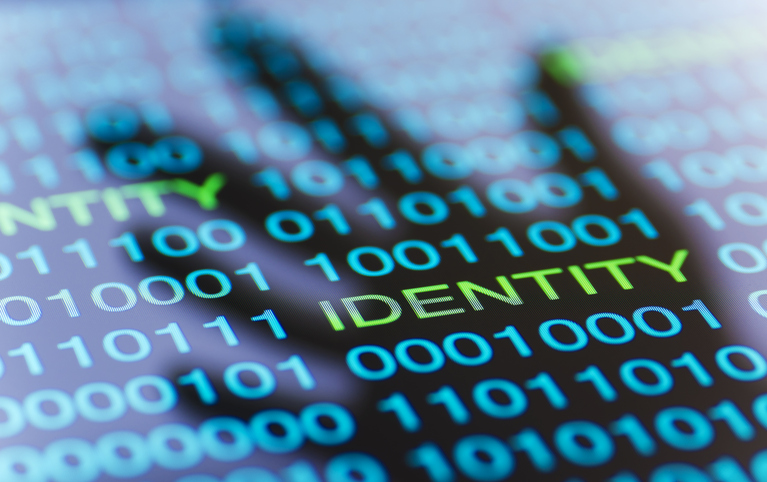The particulars contained herein were obtained from sources we believe to be reliable, but are not guaranteed by us and may be incomplete. The opinions expressed are based upon our analysis and interpretation of these particulars and are not to be construed as a solicitation or offer to buy or sell the securities mentioned herein. The opinions expressed do not necessarily reflect those of NBF.
Protecting personal information – Be the CEO of your identity
June 16, 2023 / Insight from Angus Watt, AOE, Senior Wealth Advisor

Your date of birth, address, legal name, bank account information, and Social Insurance Number are key targets for identity thieves. With this information, they can impersonate you to obtain or use credit, receive government benefits, drain your bank accounts, or even use your house title to obtain a second mortgage without your consent.
How can you protect yourself?
A good starting point is to put the protection of your personal information on the same level of importance and rigor as your personal health or your financial affairs and be as vigilant. You need to be the CEO of your identity.
Much like an annual check up with your doctor, or review with your financial advisor, you can undertake a regular personal security review. An easy way to start is by:
- Understanding your online/social media presence and what it tells others about you.
- Obtaining and reviewing your credit report once a year, and if you notice any errors or concerning information, report it immediately.
- Review all your banking and credit card statements regularly to ensure there are no unauthorized transactions. If you find any, especially a small one, report it immediately to your bank.
- Create strong passwords and security questions that are unique to you and change them regularly – every 3 months!
- If you have authorizations for others, double check your instructions or limits on use and have confirmations in place to mitigate unauthorized behavior.
When you are informed you had personal information stolen, what do you do?
If you become a victim of a data breach, believe your personal information has been taken or see unauthorized transactions on any of your bank accounts or credit cards:
- contact your financial institution or the companies where your account has been compromised.
- contact Canada’s two main credit bureaus, Equifax and TransUnion, report the incident, and ask the credit bureaus to place a fraud alert on your credit report. As a precaution, lenders will need to contact you and confirm your identity before they approve any application for credit
- contact your local police to file a complaint.
The more personalized your security measures are, the harder they will be for someone else to bypass. More information is available from the Government of Canada.
To help keep your personal information safe:
- Only carry the identity documents you need in your wallet – like your driver’s licence and health card.
- Keep your personal identity information private, including your Social Insurance Number, passport and other important information in a safe place, not in your wallet.
- Use multi-factor authentication (MFA) with your devices when accessing personal information. MFA focuses on things are unique to you:
- What you know: A PIN, password or security question
- What you have: Your phone or a fob
- What you are: Your fingerprint, your face, your eyes or your voice
- Store personal documents, mortgage information and other financial information in a secure place.
- Never reply to an email or phone call asking you to provide personal information.
- Secure your Internet connections. Do not use public wi-fi.
- Set alerts for purchases being made through your debit card and credit card providers – this gives you immediate information about transactions made on your accounts
- Safeguard personal information in your home, especially if you are having service work done there, employ outside help, or have a roommate.
- Protect your mail. Bring in your mail daily. Forward or re-route your mail if you move, change your mailing address, or are planning to be away for an extended period.
- Shred all documents you are discarding, including pre-approved credit applications received in your name, insurance forms, bank cheques and statements, and other financial information. An identity thief can easily pick through your garbage or recycling.
Taking these personal information security steps more frequently means you’ll build the habit, and it will feel easier the more often you do it. A little bit of caution can add to your security and peace of mind as you become the CEO of your personal identity management.

